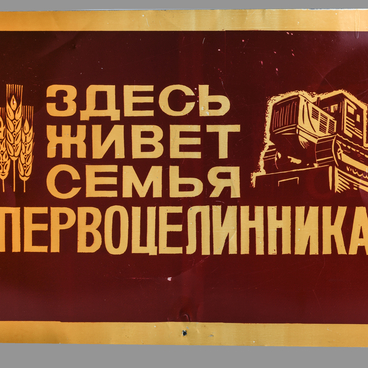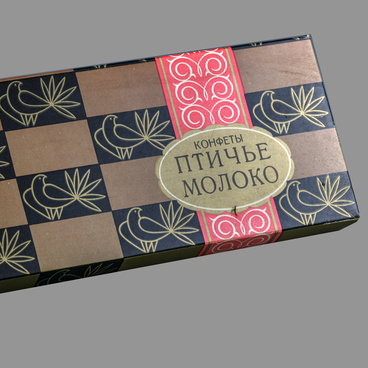In the 1970’s, the most popular gift for a festive table was a few Kielbasa sausages. The Kielbasa factory was built at the plant during the war.
The city’s meat plant produced a few types of smoked and raw meat in large boxes. Thanks to the delicious quality of the meat plant’s products, it had great success not only with the city’s residents, but the Kielbasa were well-known across the country, and even abroad. The meat plant was built in 1935, and it was the first large-scale industrial food plant not only in Orsk but in the entire Oblast.
The city’s meat plant produced a few types of smoked and raw meat in large boxes. Thanks to the delicious quality of the meat plant’s products, it had great success not only with the city’s residents, but the Kielbasa were well-known across the country, and even abroad. The meat plant was built in 1935, and it was the first large-scale industrial food plant not only in Orsk but in the entire Oblast.
In the 1930’s, businesses were set up which radically changed the city of Orsk. That was when large-scale industries started to spring up. At the beginning of the decade, construction of a meat plant, oil refinery, nickel factory and other business started near the Old Town.
During the Great Patriotic War, the meat processing plant grew in size. New sections were formed, including: glue, canning, sheepskin, bone products and medical products. At that time, they produced medicines and vaccines, which were so needed by soldiers and civilians. In 1946, the State Defense Committee’s (SDC) transferable banner was awarded to the meat plant, which it won time and time again in Soviet workplace competitions throughout the war. In the 1950’s and 1960’s, the plant increased its production of stews, different canned goods, kielbasa and meat. The range of products was very wide. Stewed beef, commonly referred to as ‘tushyonka’ was in high demand. It along with other products were exported to many countries. For example, beef stew was exported to Cuba, bone fertilizer to France, technical fat to Egypt and edible beef tallow to Belgium.
However in the 1980’s, sales of canned beef stew and smoked kielbasas slumped whilst shop shelves were filled with pyramids of ‘Tourist Breakfasts’ - pearl barley porridge, stuffed with anchovies in tomato sauce. However, the taste of this product left much to be desired, indeed it was barely edible.
However in the 1980’s, sales of canned beef stew and smoked kielbasas slumped whilst shop shelves were filled with pyramids of ‘Tourist Breakfasts’ - pearl barley porridge, stuffed with anchovies in tomato sauce. However, the taste of this product left much to be desired, indeed it was barely edible.
The cost of products in the 1970’s and 1980’s was stable in every shop. For example, a boiled ‘Doctor’s kielbasa’ cost 2 rubles, 20 kopeks, whilst a ‘bread sausage’ cost 2 rubles. Despite difficulties in the 1990’s, the business once again received a state award for services to the food industry’s development and active foreign economic activity. It won both Europe’s main prize, ‘The Gold Star’ and the World’s main prize, ‘The Golden Mercury’.



